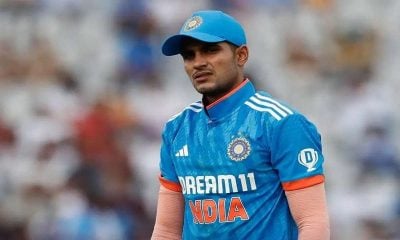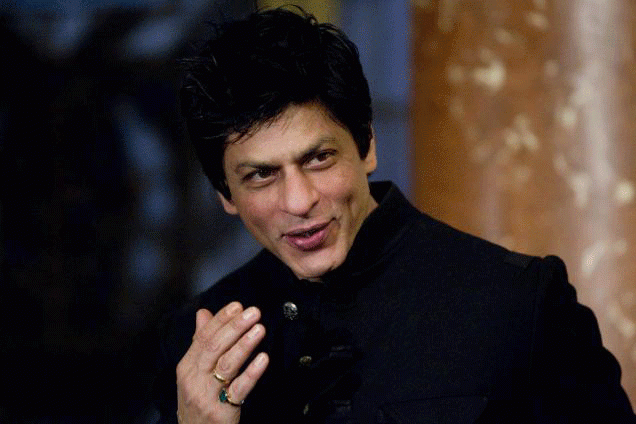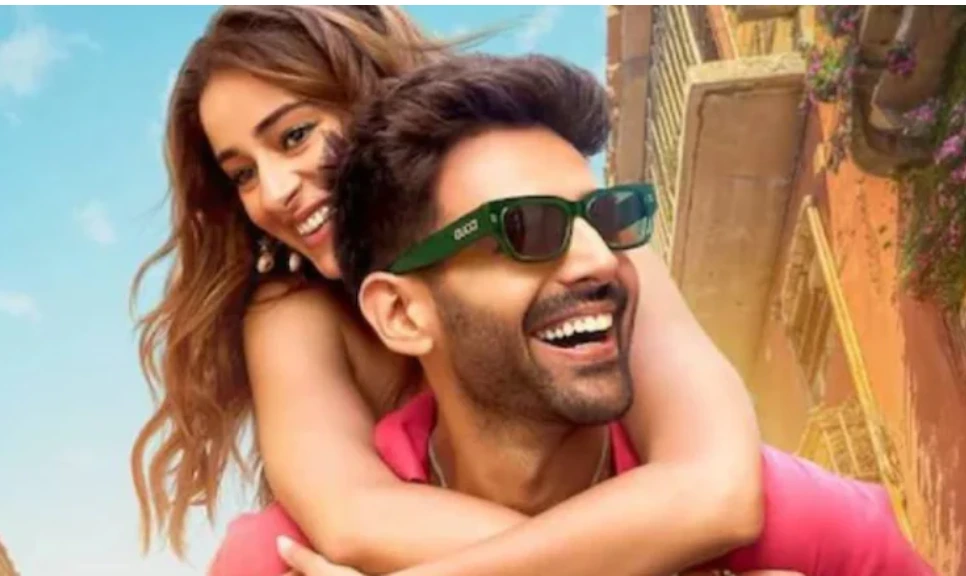Entertainment
Bollywood rapper Badshah appears before Maharashtra Cyber Police in connection with promoting IPL on betting app
The media network Viacom 18 claimed that although it possessed the Intellectual Property Rights (IPR) to stream the matches, they were unlawfully streamed on Fairplay.

Entertainment
Veteran Malayalam actor and filmmaker Sreenivasan passes away at 69
Veteran Malayalam actor, screenwriter and director Sreenivasan died at 69 in Kochi, drawing tributes from across Kerala’s film and political circles.
Entertainment
OTT and theatrical releases this week: new films and series to watch from December 19 to 26
From crime thrillers and disaster dramas to romantic films and comedy shows, here’s everything releasing on OTT platforms and in theatres this week.
Entertainment
Bharti Singh, Haarsh Limbachiyaa welcome second child after she’s rushed to hospital mid-shoot
Comedian Bharti Singh and her husband Haarsh Limbachiyaa welcomed their second child after she was rushed to hospital during a television shoot.
-

 Cricket news17 hours ago
Cricket news17 hours agoT20 World Cup 2026: Selectors weigh Shubman Gill role as India squad announcement awaited
-

 Cricket news18 hours ago
Cricket news18 hours agoIndia vs South Africa 5th T20I: Hardik Pandya, Tilak Varma power India to 30-run win, series sealed 3-1
-

 India News18 hours ago
India News18 hours agoPM Modi inaugurates India’s first nature-themed airport terminal in Assam
-

 India News17 hours ago
India News17 hours agoThick smog engulfs Delhi, flights and trains delayed as air quality slips to very poor
-

 India News18 hours ago
India News18 hours agoAssam train accident: Eight elephants killed after Rajdhani Express derailment in Hojai
-

 Entertainment14 hours ago
Entertainment14 hours agoVeteran Malayalam actor and filmmaker Sreenivasan passes away at 69
-

 Cricket news13 hours ago
Cricket news13 hours agoIndia announces T20 World Cup 2026 squad, Shubman Gill dropped as Axar Patel named vice-captain















